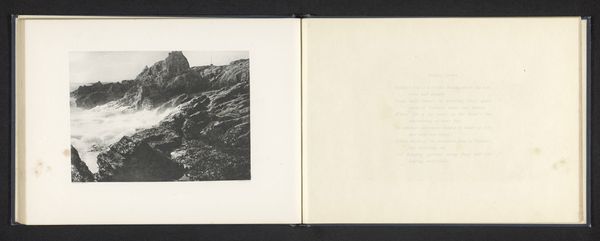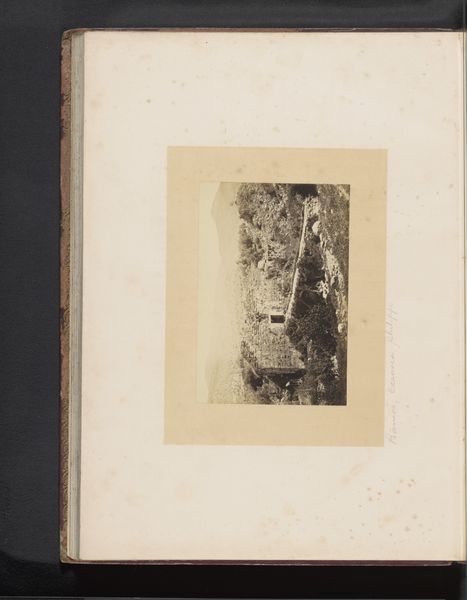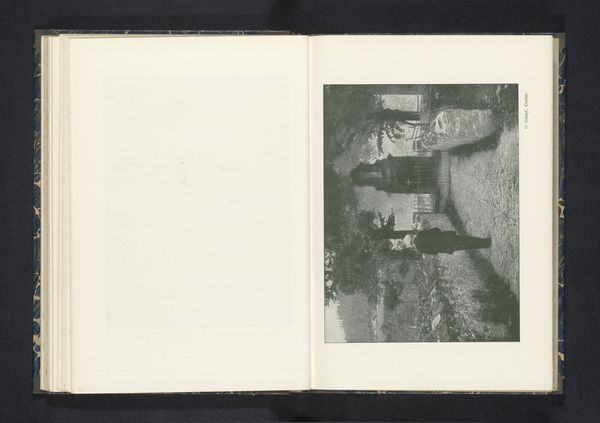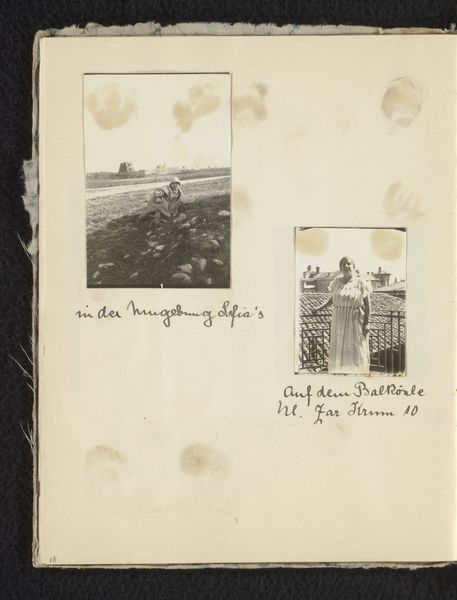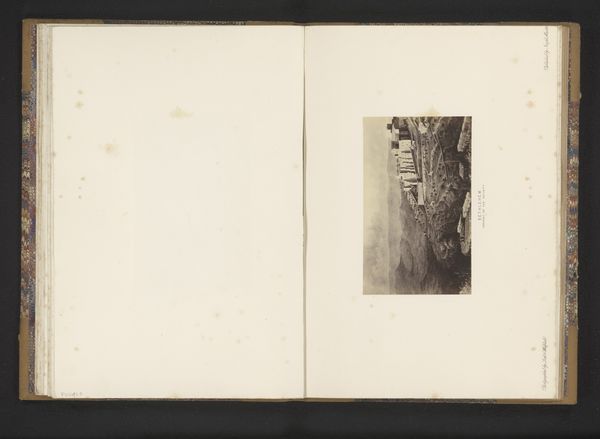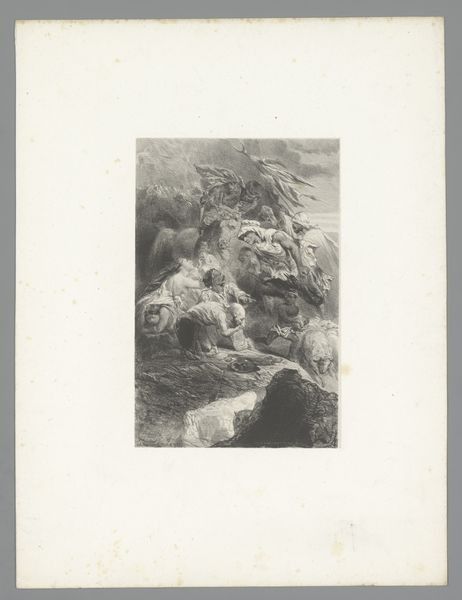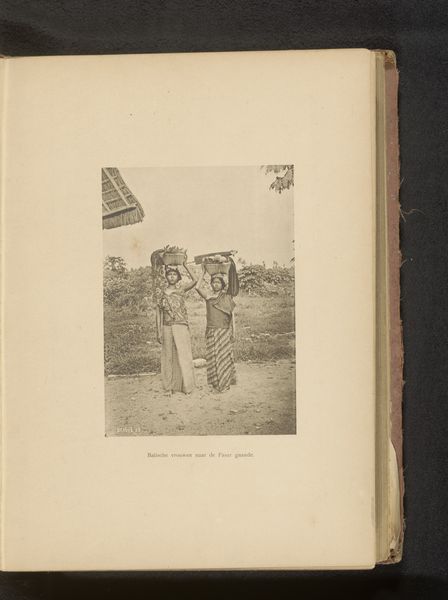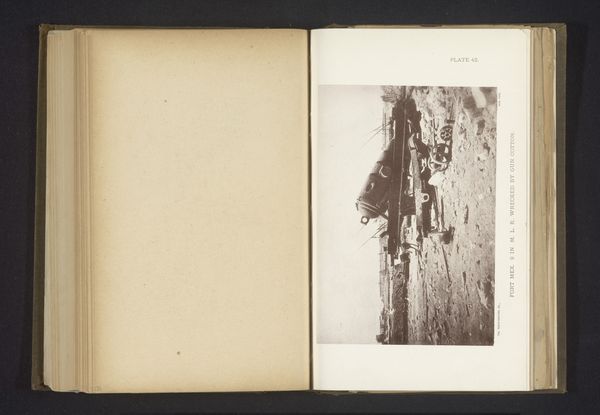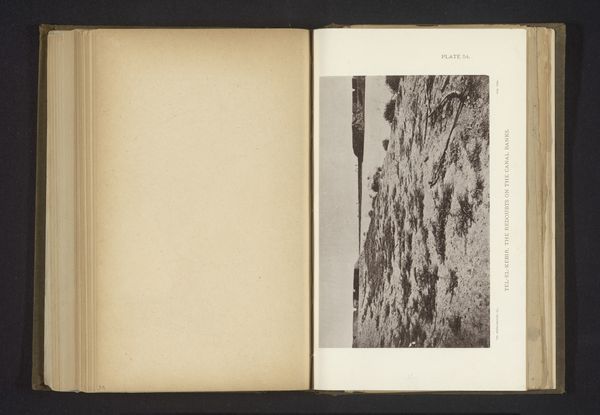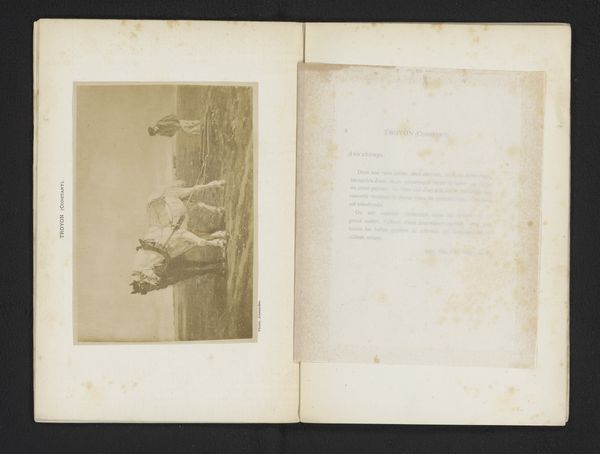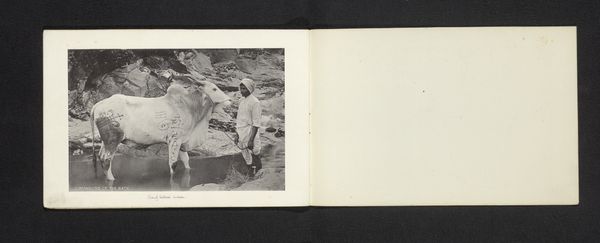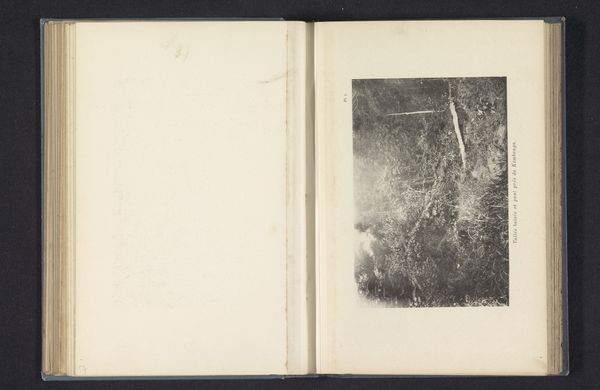
Eugen Wachenheimer op wandeltocht bij de berg Moesala, 1927, Bulgarije 1927
0:00
0:00
photography, gelatin-silver-print
#
portrait
#
landscape
#
photography
#
gelatin-silver-print
Dimensions: height 80 mm, width 55 mm, height 205 mm, width 160 mm
Copyright: Rijks Museum: Open Domain
Editor: Here we have two gelatin silver prints from 1927, both depicting Eugen Wachenheimer on a hike in Bulgaria. In one, he's reclining casually, almost idyllically. What can you tell me about this work? Curator: Well, first, it is essential to recognize these photographs as documents, not just aesthetic objects. Given that the subject, Eugen Wachenheimer, and his family were German Jews, it is essential to ask what a photographic record like this reveals about identity and displacement, and the growing uncertainties that led to their persecution. Do you see anything in the landscapes themselves? Editor: It does seem like an odd pairing: one pose is relaxed, almost aristocratic; the other more formal and posed. They were both taken during the same hike in Bulgaria though. Curator: Right. Consider the visual rhetoric at play. The landscapes in both seem stark and unyielding, framing Wachenheimer in a space where his presence feels both assertive and fragile. How does this dynamic relate to his identity as a German Jew in the interwar period? What do you think his act of travel means? Editor: So you're saying the inherent tension in the photographs — relaxation against an unyielding landscape— mirrors the broader historical anxieties facing Jewish people at the time? The photographs can be interpreted in that context? Curator: Exactly. Art serves as a form of documentation, a tool for social commentary. Editor: I see. I was initially focused on the simple portraiture and landscapes. I understand that their political significance is inseparable from understanding their deeper value. Curator: Precisely, viewing art as activism requires us to bridge aesthetic qualities and broader political dialogues, in this case revealing personal histories deeply affected by larger socio-political conflicts.
Comments
No comments
Be the first to comment and join the conversation on the ultimate creative platform.
